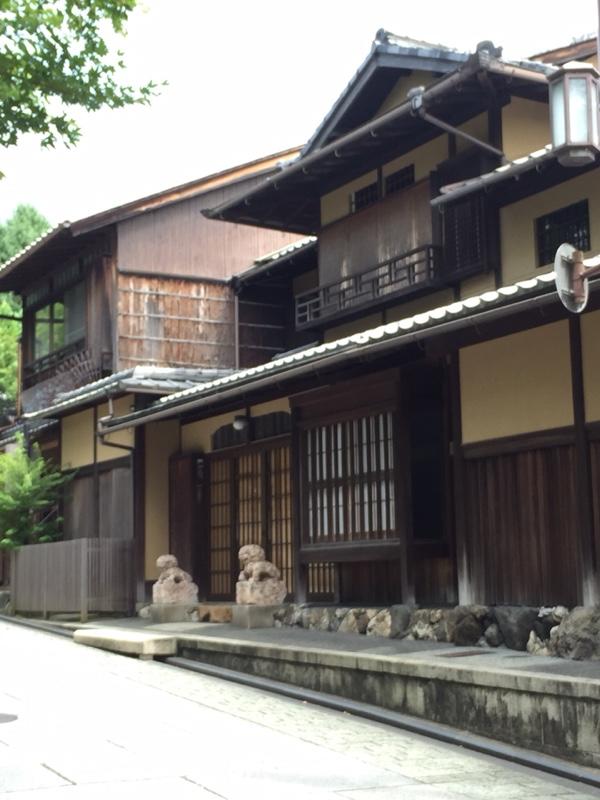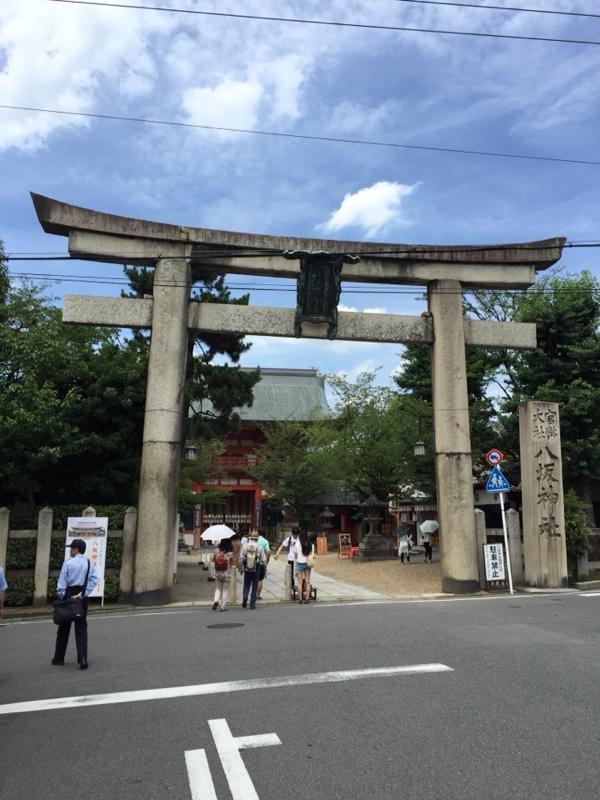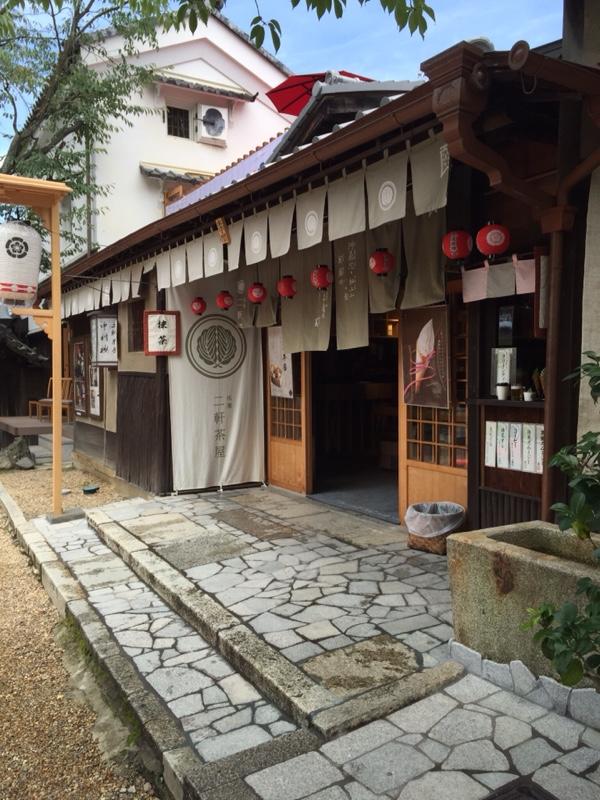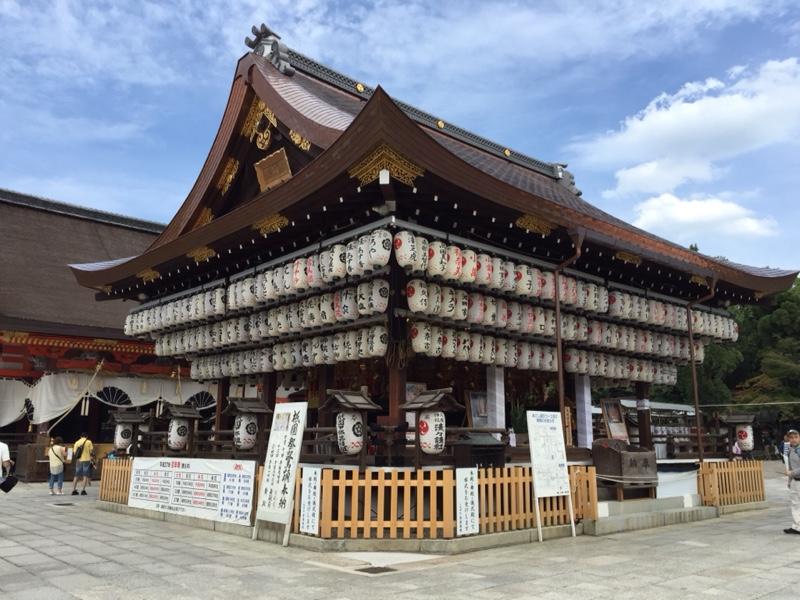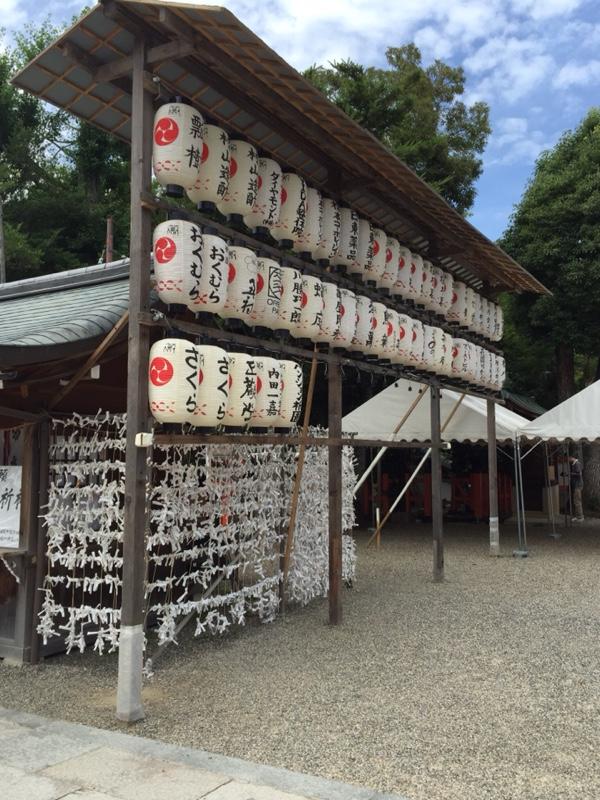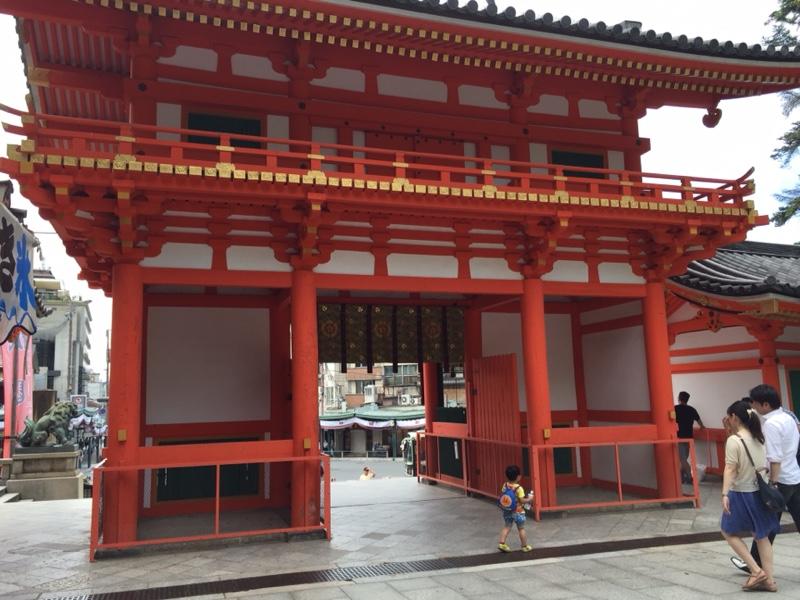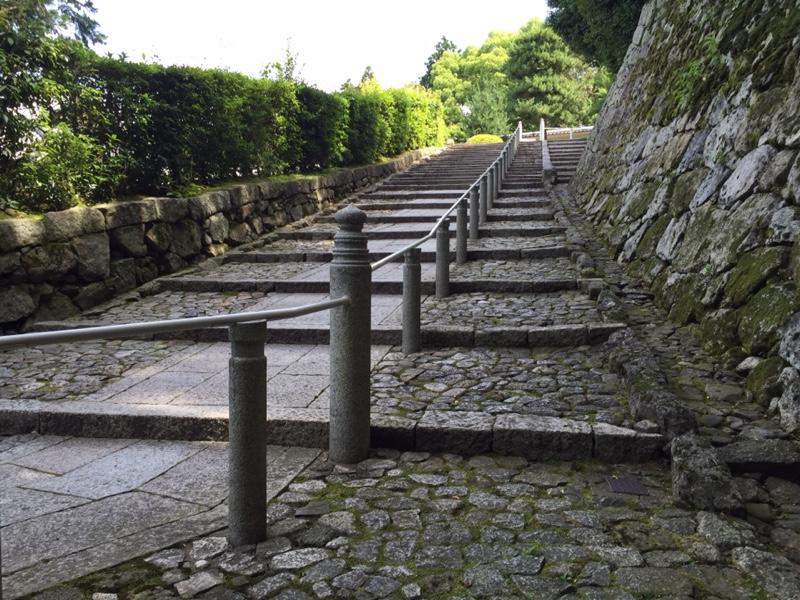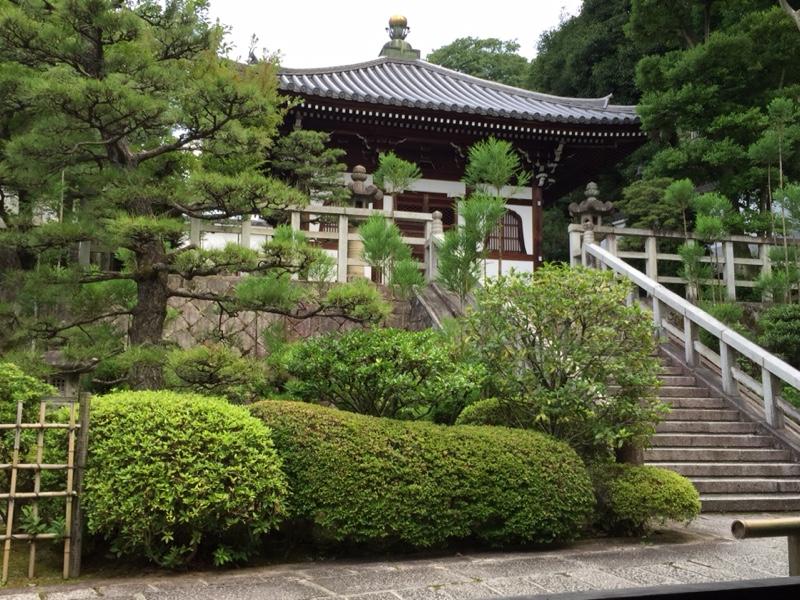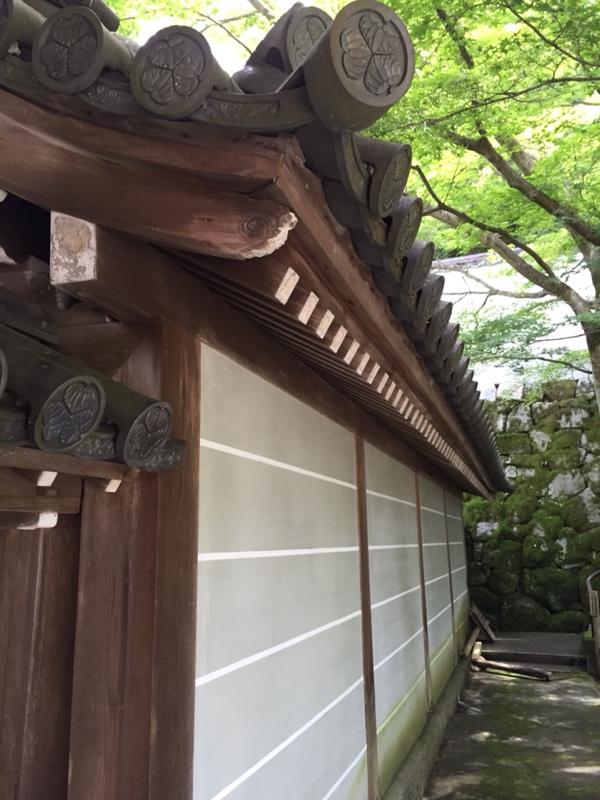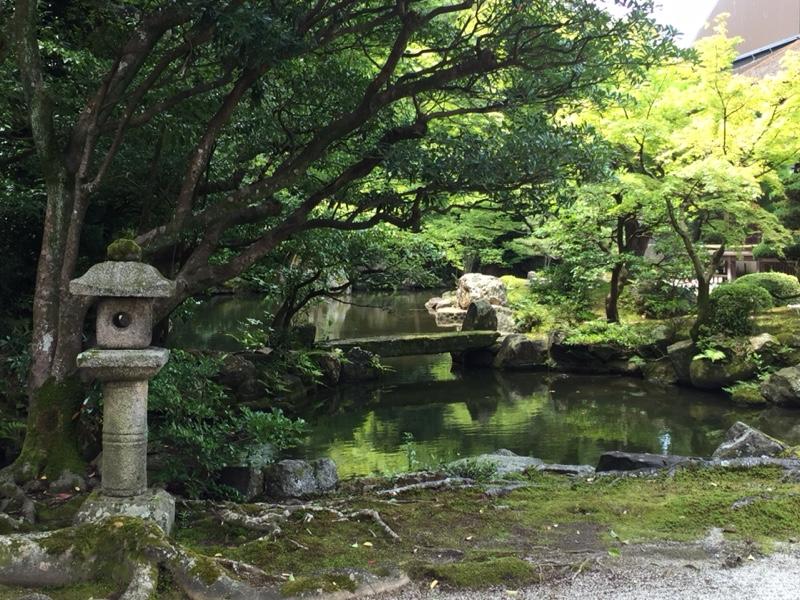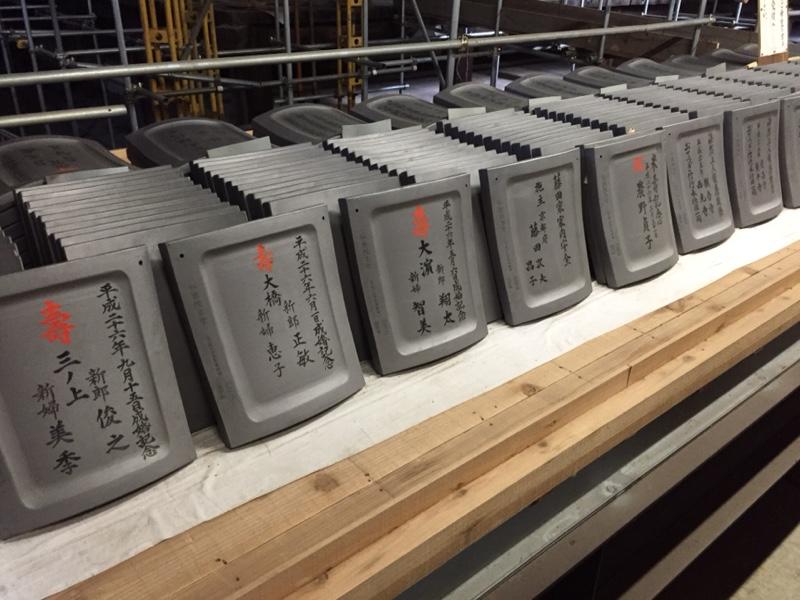Feeling somewhat refreshed after our transfer day and nearly everyone having had a good sleep in, we decided to head to the Chion-in Temple this morning. It’s actually more of a ‘temple district’ really, as there are so many temples within the grounds that it starts to get confusing and you could easily get lost wandering around. The Chion-in Temple itself, is historically significant as it was here that the Jodo Shu (Pure Land Sect Buddhism) founder, Honen (1133-1212) started spreading the teaching of “nembutsu-only” (Amitabha chanting) and he remained here until he passed away. The official name of the main temple is a mishapen collection of alphabet spaghetti that I just have to include here – ‘Kachozan Chionkyoin Otanidera’ – I have no earthly idea how you pronounce that. The area is still the headquarters of ohe Judo Shu.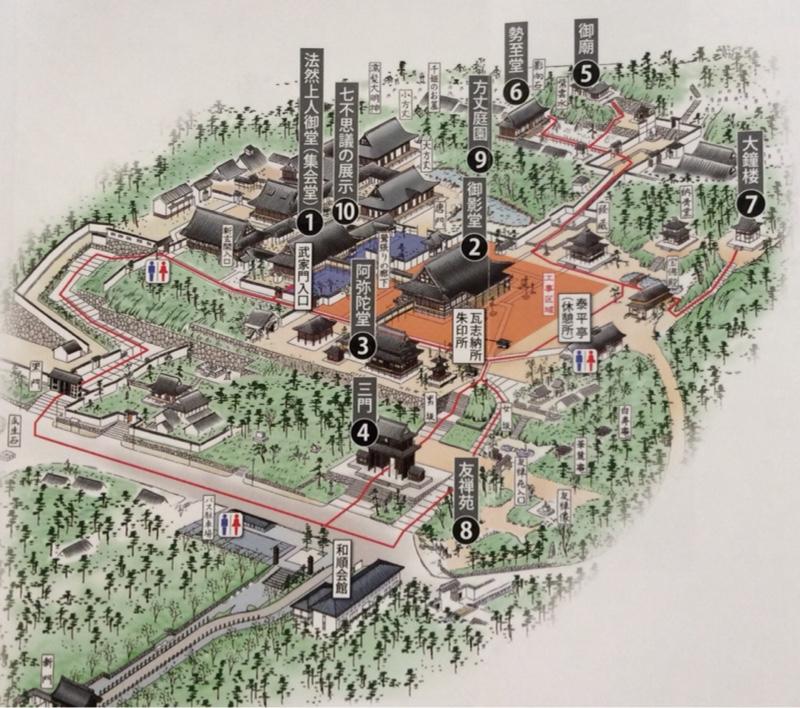 We set off from the gate at the bottom left hand corner of this map and made our way up many, many long stone stairs before even getting to the outer gates of the temple itself… and while all our friends at home are freezing their collective arses off, we have found ourselves sightseeing in Kyoto with temps in the mid 30s, high humidity and absolutely zero breeze. It’s that sort of wet sticky heat that feels like your soul (if you believe in that sort of thing) wants to just run out your ears and everything you touch feels… moist.
We set off from the gate at the bottom left hand corner of this map and made our way up many, many long stone stairs before even getting to the outer gates of the temple itself… and while all our friends at home are freezing their collective arses off, we have found ourselves sightseeing in Kyoto with temps in the mid 30s, high humidity and absolutely zero breeze. It’s that sort of wet sticky heat that feels like your soul (if you believe in that sort of thing) wants to just run out your ears and everything you touch feels… moist.
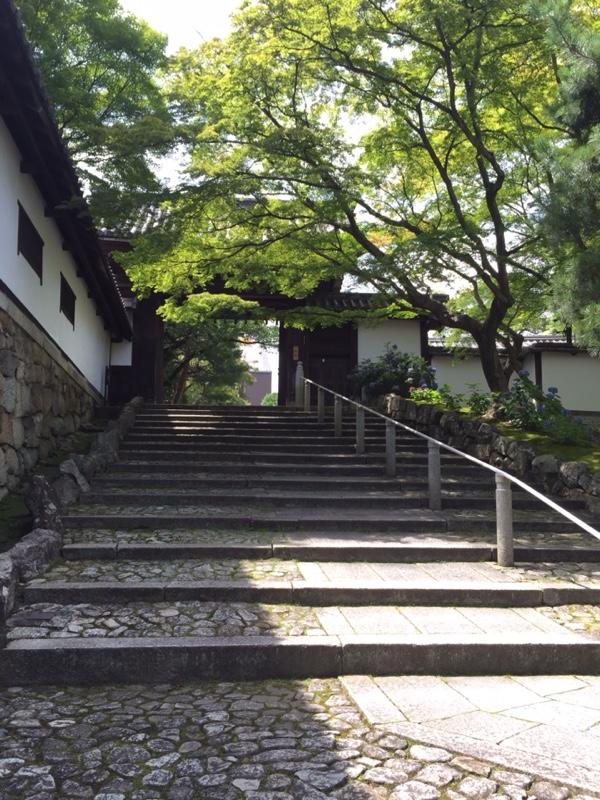
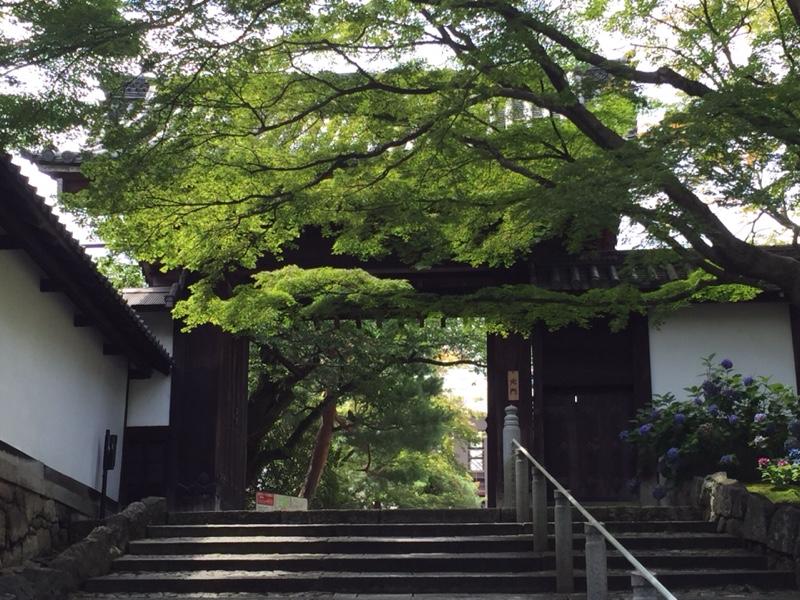
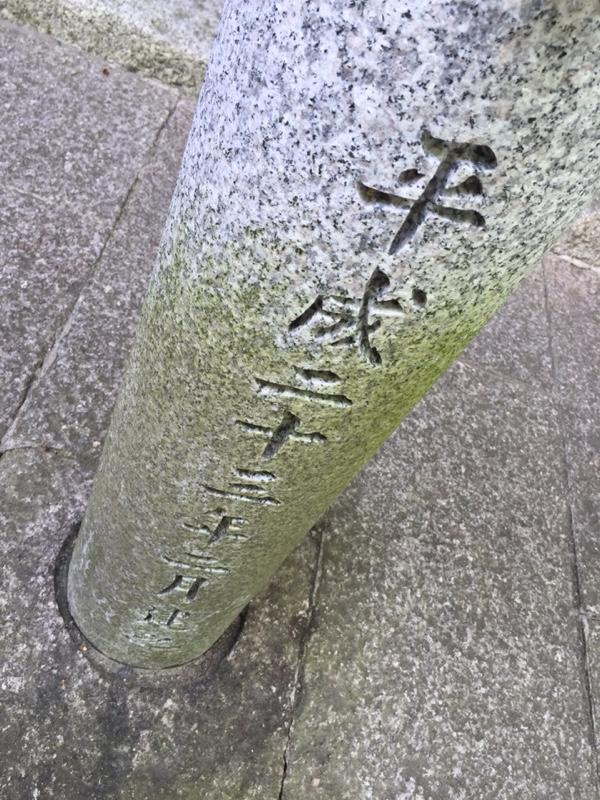
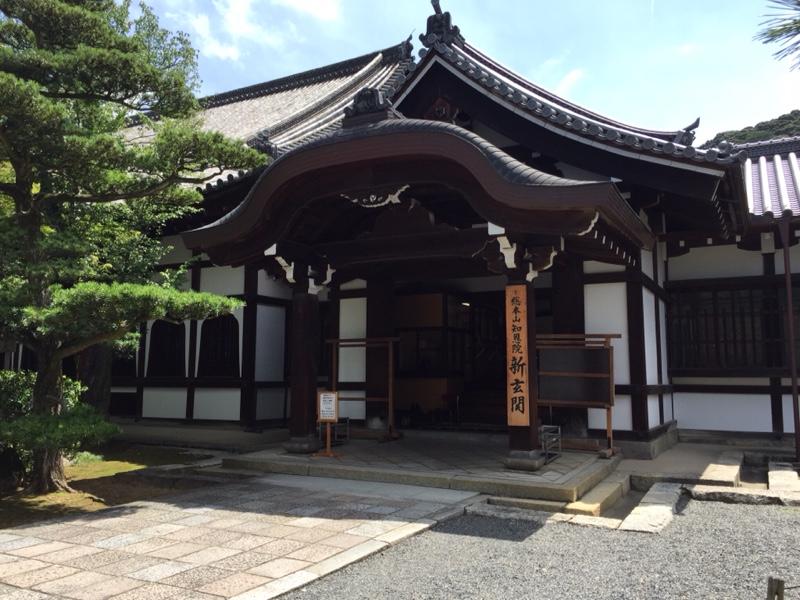 This building holds the Seven Wonders of Chion-in:
This building holds the Seven Wonders of Chion-in:
The Nightingale Hallway – is the corridor connecting the Mieido to the Ohojo and Kohojo buildings. It is called the Uguisubari, and is a corridor boarded in such a way as to deliberately sqeak under the weight of footsteps to replicate the song of a uguisu bird. The singing floorboards were designed to prevent unexpected intruders.
The Plainwood Coffin – holds the coffins and statues of the master builder of the Main Sanmon Gate and his wife. It is said that they bore the responsibility and blame of the deficit caused by constructing the gate and committed suicide.
The Forgotten Umbrella – under the roof at the front of the Mieido is a oiled paper umbrella believed to have been left intentionally by a famous sculptor, Hidari Jingoro, as a charm against fire.
The Sparrows That Flew Away – a set of four golden painted panels depicting
The Cat That Sees in Three Directions
The Large Rice Paddle – a huge wooden spoon is held up in the corridor which is 8.3 feet long and weighs 6.6lbs. It is said to represent the merciful power of Amida Buddha.
and the Cucumber Rock – Near the Kuro-mon (Black Gate) there is a large rock that is said to have born cucumbers (of all things), and the rock is called Uryu-seki was at the present site before Chion-in was constructed. I have not for the life of me been able to figure out what is so wondrous about this rock, unless it literally did produce cucumbers?! Seems unlikely.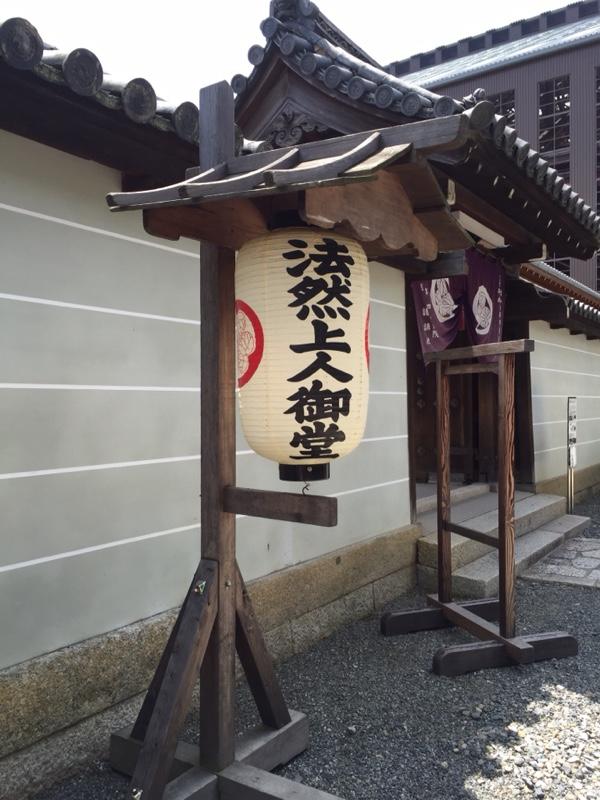 This building, the Honen shonin Mido, was constructed in 1635 and was used as a training area for monks. It is currently serving as the main temple, as the main temple – the Mieido Temple – is under major reconstruction as the roof was in dire need of repairs so the artefacts from the Meido temple have been moved here to here.
This building, the Honen shonin Mido, was constructed in 1635 and was used as a training area for monks. It is currently serving as the main temple, as the main temple – the Mieido Temple – is under major reconstruction as the roof was in dire need of repairs so the artefacts from the Meido temple have been moved here to here.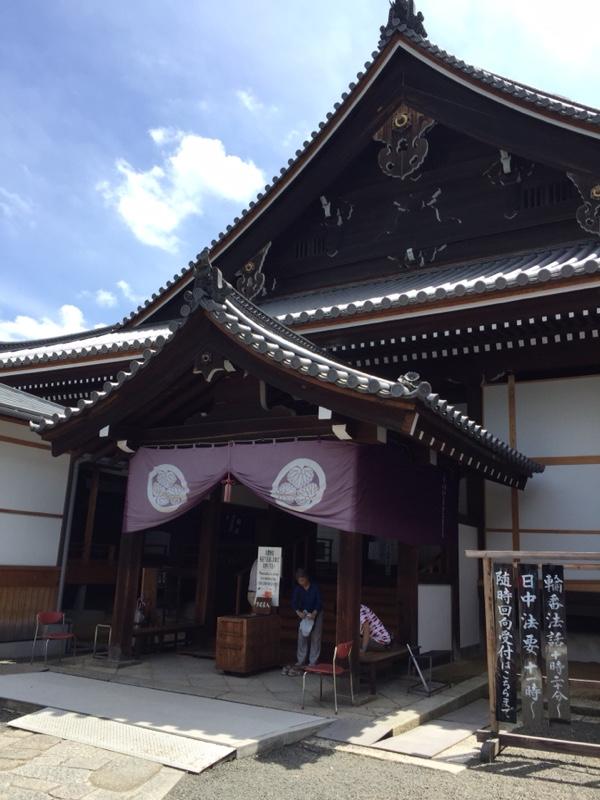
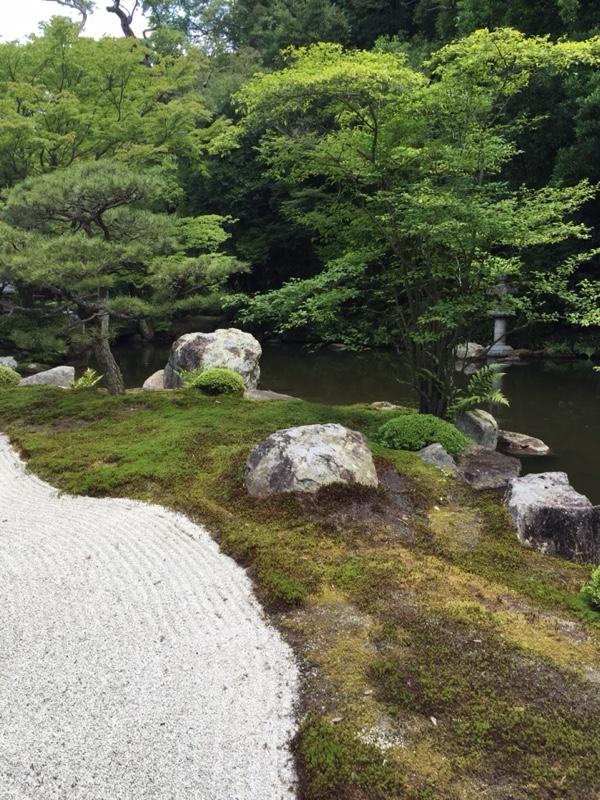
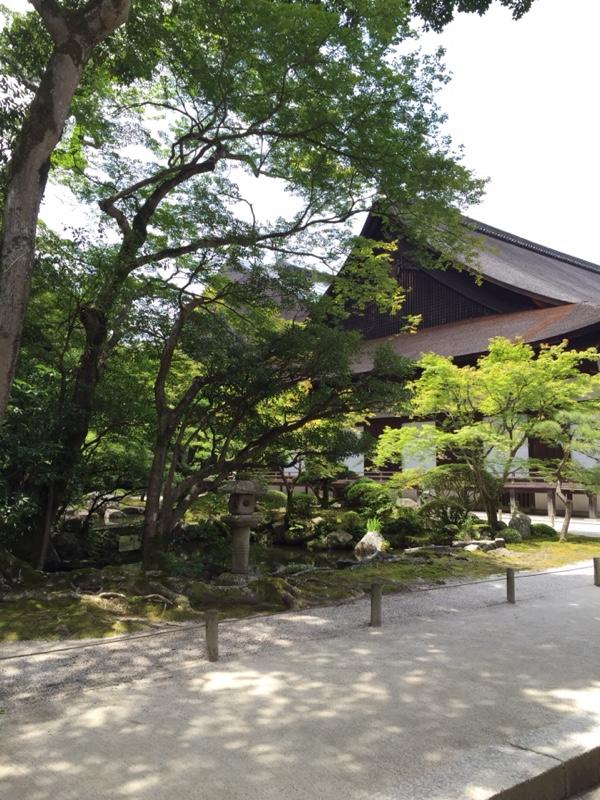 Behind the Honen shonin Mido temple is the famous Hojo Garden. The Hojo Garden is built in a traditional Japanese style called the ‘chisen kaiyushiki’, which is a garden designed formally around a pond. It is said to have been designed during the early Edo period (1600-1868) by a monk named Gyokun, who was connected to a master gardener Kobori Enshu (which probably really means something to someone who knows a lot about Japanese gardens, but means very little to me). The Hojo Garden is considered to be Kyoto’s most beautiful garden. It is lovingly tended and very well cared for, but the ‘no go’ zones make it a very quick walk through as there is no where quiet to sit and just enjoy the space, which is unfortunate but no doubt the result of so many tourists and pilgrims coming to the Mieido each year.
Behind the Honen shonin Mido temple is the famous Hojo Garden. The Hojo Garden is built in a traditional Japanese style called the ‘chisen kaiyushiki’, which is a garden designed formally around a pond. It is said to have been designed during the early Edo period (1600-1868) by a monk named Gyokun, who was connected to a master gardener Kobori Enshu (which probably really means something to someone who knows a lot about Japanese gardens, but means very little to me). The Hojo Garden is considered to be Kyoto’s most beautiful garden. It is lovingly tended and very well cared for, but the ‘no go’ zones make it a very quick walk through as there is no where quiet to sit and just enjoy the space, which is unfortunate but no doubt the result of so many tourists and pilgrims coming to the Mieido each year.
Some of the tiles for the roof reconstruction of the Mieido Temple which is listed as a National Treasure. From what we can tell, these roof tiles are being sponsored and paid for by donations. The Meido temple serves as the centre of the Choin-in temple complex, and was built in 1639 by the third Tokugawa shogun, Iemitsu. It is currently closed while they do the repair work on the temple which is expected to take approximately 8 years. I think due for completion in 2019.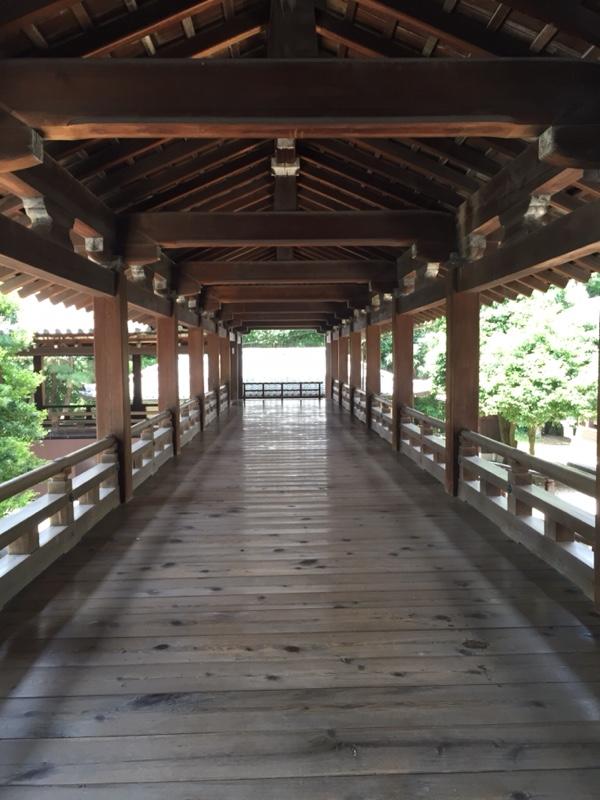 This walkway connects to another temple, the Amidado (aka Amitabha Hall) which was a late addition in 1910. It houses a large 3m tall statue of Amida and seems to be used as a multi-purpose space, for worship and for performance.
This walkway connects to another temple, the Amidado (aka Amitabha Hall) which was a late addition in 1910. It houses a large 3m tall statue of Amida and seems to be used as a multi-purpose space, for worship and for performance.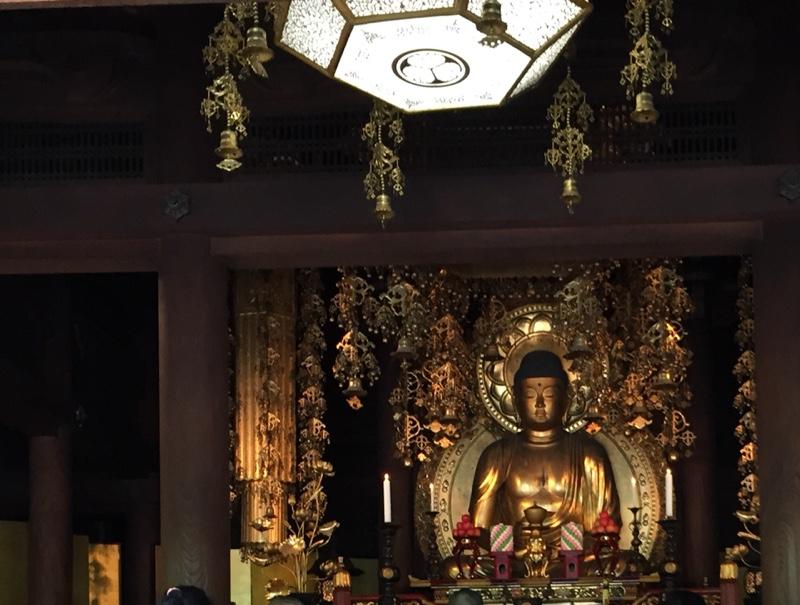
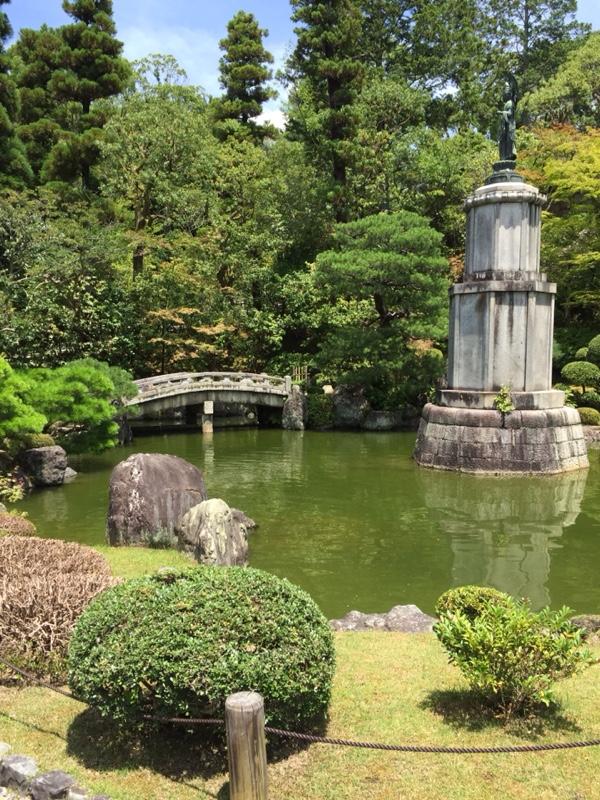
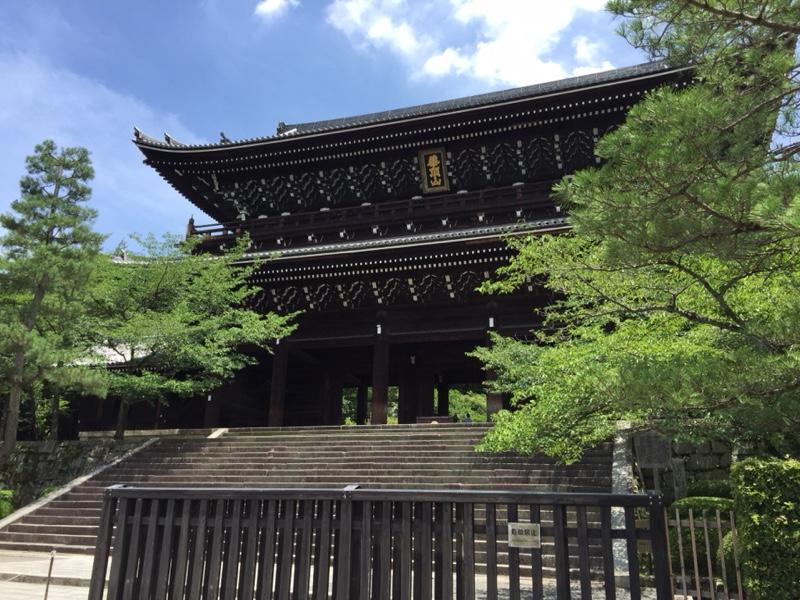
Having entered by one of the smaller gates we left by the main gate, the Sanmon Gate, which was built in 1621 by some guy called Tokugawa Hidetada, the second of the Tokugawa shoguns, in the elaborate architecture style of the Edo period. Apparently this is THE largest wooden tower gate in existence in Japan, being 24m high and 50m wide. It’s enormous, very impressive to behold and quite difficult to photograph!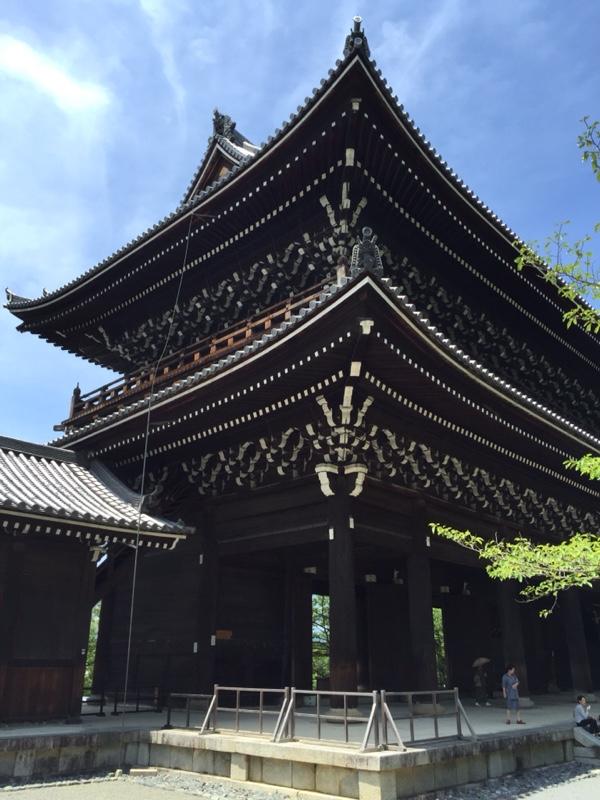
We left the temple district and ambled down to Gion, the traditional geisha district of Kyoto. There are many working okiya still in the area, and still many Japanese women choose this lifestyle.